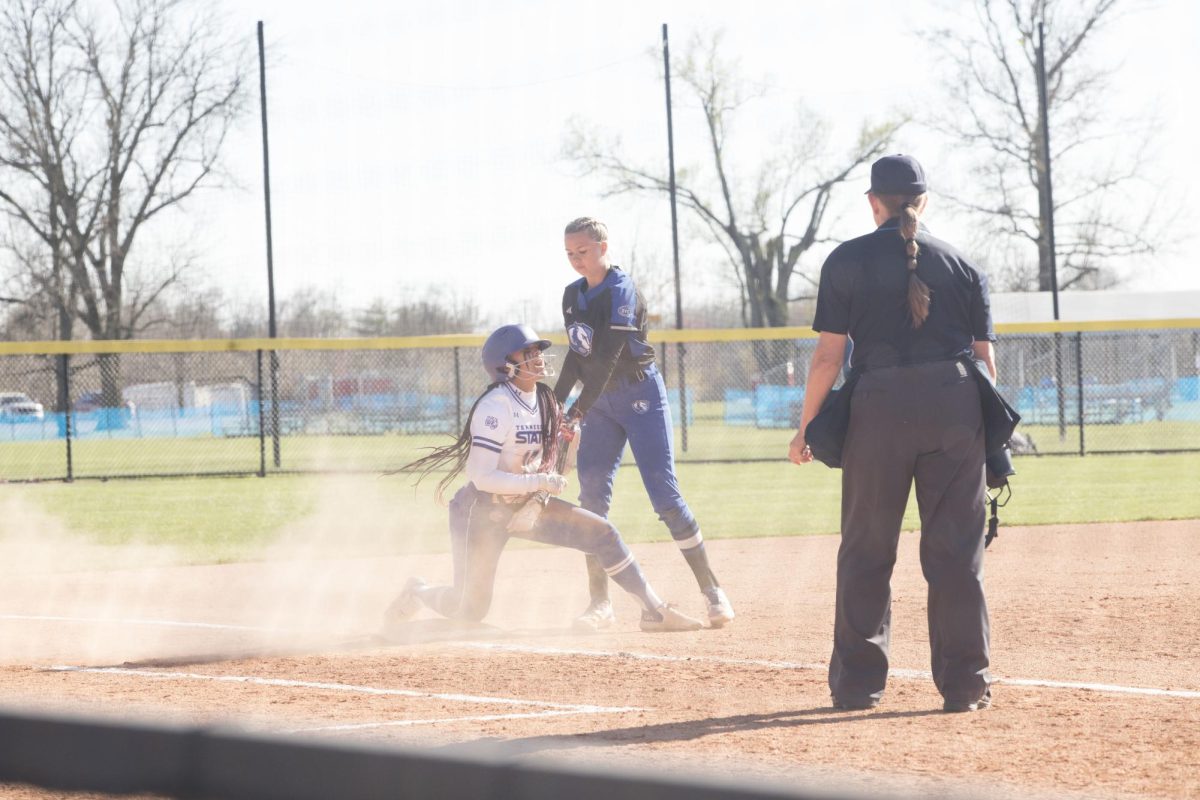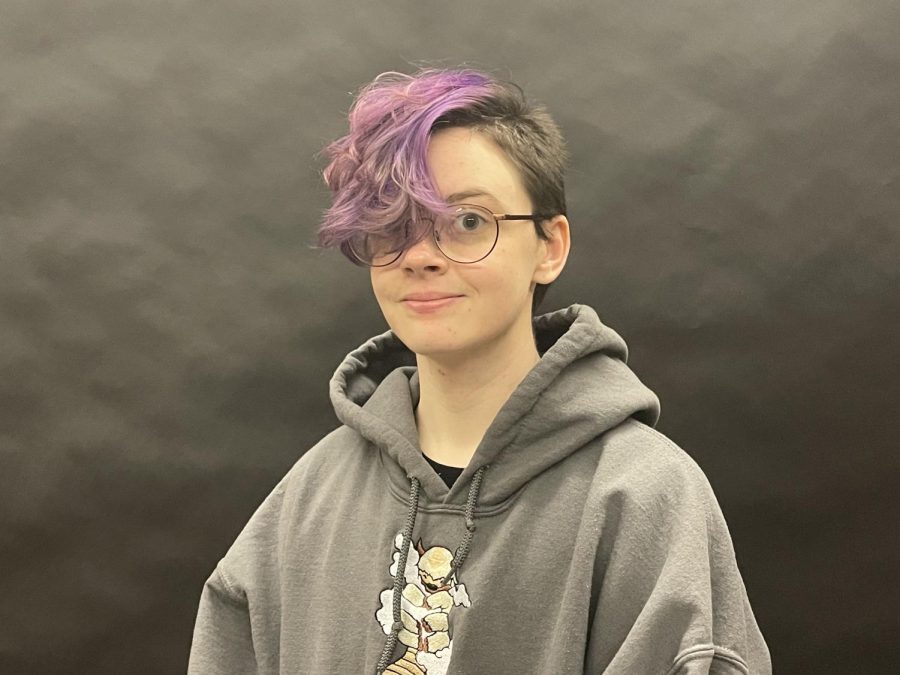COLUMN: Jumpscares are used for bad movies
February 4, 2022
I am a big fan of horror movies. I’ve been watching them since I was a little kid, even since before I could remember. Because of how much I’ve watched, and because it was almost like I was raised with them, horror is one of my favorite genres of all time.
But even though I absolutely love horror movies, and though I know they’re super popular, I know plenty of people who hate horror movies. Whenever someone mentions wanting to have a movie night with me, my first question is always about horror movies. When someone doesn’t like horror movies, I obviously don’t judge, but I ask them about why they don’t like them. And there is one phrase that I hear so often, to the point where it makes me sad:
“I don’t mind them, but I don’t watch them because I hate jumpscares.”
Of course, I can’t get mad at them. But I am mad at the horror industry. Jumpscares are lazy writing to me–it works sometimes, like in “Insidious,” or “The Conjuring,” but if it’s a movie’s only source of horror? It doesn’t work with plot, or with any rising tension. It plays off of instinct, and it’s one of the easiest ways to guarantee a scare. To me, going down a dark hallway and not having anything pop out is more horrifying. It drives the idea that the character is exploring the absolute unknown and that the antagonist is unpredictable.
There are some tasteful ways to use jumpscares though. Using them when they are completely unexpected is great. Building tension with music to ultimately make the villain creep up on the main character is boring. However, if everything seems resolved, or a scene is playing out that makes the audience feel comfortable (such as during dinner or spending time with family), a jumpscare is one of the best things to use.
There are plenty of movies that don’t use jumpscares to drive the idea of fear into the audience. Most psychological horror uses this idea, and to me it’s absolutely brilliant. In movies such as “Midsommar” and “The Wicker Man” (which are both very similar with their storyline), they make the audience feel like something is off during the majority of the movie, but reassures them that it’s okay by making the characters write everything off as normal. In movies such as “The Ritual” or “The Shining,” the scariness comes from the situation being very obviously frightening–but feeling as if you and the character have no way out of it, and that danger is lurking around every corner, whether you’re in the villain’s house or the character’s own.
If you’re not a fan of horror movies just because of the jumpscares, I suggest looking into other types of movies. While jumpscares and scary houses are the cliche, they aren’t the norm. If you want to start out watching horror, there are plenty of options to get started. And even if you aren’t thinking about watching horror movies, you should consider it. They’re great once you can get used to them.
Ian Stobaugh is a freshman German major. He can be reached at [email protected] or at 581-2812.













































